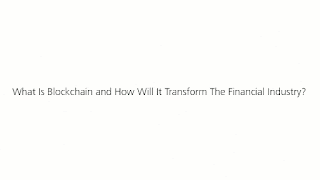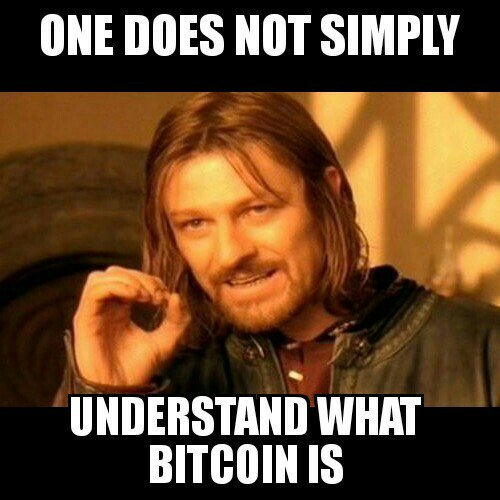It's a Brave New World!
Welcome to Blockchain4All
Created by a devoted group of Masters students at IE Business School, Blockchain4All is a new, humble voice that aims to lay out the basic principles of blockchain technology as well as its diverse and disruptive future applications which have the potential to reshape the landscape of many industries. We will broadcast our insightful content through social media and a weekly newsletter to which you can subscribe here.
Blockchain...
"A spreadsheet in the sky”
Source: BlockchainHub
Source: KPMG
You may have heard the terms “blockchain” or “bitcoin” without really knowing what the fuss is all about.
This article is here to introduce this brand new world to all of you, in the most accessible way possible.
Most of you are probably wondering how the underlying structure of this technology works. This part gets slightly technical, however it is crucial to understand how blockchain works in practice to better acknowledge its potential, in both information systems and business.
Blockchain owes its name to the way it stores data: a chain that is built out of blocks linked one after the other. Each block contains a hash code, which is an alphanumerical digital sequence that identifies uniquely the block to which it belongs. The existence of any block relies on the existence of the one that comes before it. This enables complete security because it is impossible to edit the chain once yet another block is added to it. For a block to exist, it must also contain the hash code of the previous block. Therefore, any subsequent block provides additional strength to the chain itself.
The result is a shared, distributed ledger, completely decentralized and free to access transparently for all parties involved. This architecture allows all participants (called nodes in the system) to see at any given moment, by means of peer-to-peer relationships, a synchronized version of the network where all users can both subscribe to and publish additional blocks, as well as monitor and analyze the state of the chain.
Source: Goldman Sachs Global Investment Research
Depending on the type of network, the addition of new blocks is subject to certain rules. Taking the bitcoin blockchain as an example, each and every transaction must be validated by devices that are actively participating in the network, “making sure” that these transactions are legitimate and belong to the network. This activity is performed via dedicated devices. A transaction has a minimum number of validations that must be met before it’s made final. “Miners”, or the nodes that are actively involved into the validation of new blocks, are rewarded with bitcoin to offset the costs of electricity, connection and CPU power.
Generally speaking, this type of consensus can arise from the following validation tools:
Source: BlockchainForDummies, IBM
Blockchain technology has already proven it has the potential to solve a range of issues that were unsolvable to date. It allows for transactions to happen simply between two parties rather than involving institutions, such as banks and national states, while ensuring privacy and increasing auditability, as it is indelible and secure. Decentralization solves agency issues, as well as trust issues deriving from a lack of transparency. Imperfect information is tackled at its root by providing a technology thanks to which trust becomes an inherent, rooted aspect of the structure itself.
If you want to find out more about the many developments of blockchain technology, stay posted for our future articles! Next week’s article will be about the most common type of digital transaction using blockchain: bitcoin. |
Yours truly,
The Blockchain4All Team.





Comments
Post a Comment